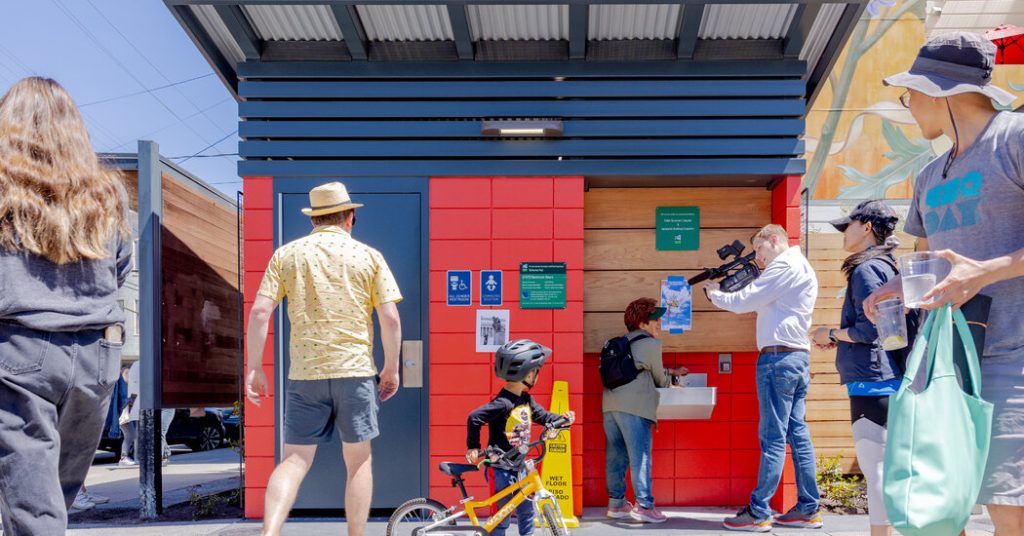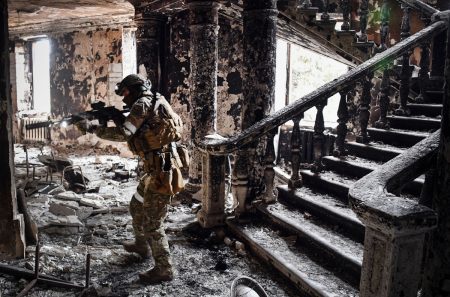In San Francisco’s Noe Valley, the opening of a public toilet became a controversial topic due to its significant cost of $1.7 million, catching the attention of local officials and residents. Assemblyman Matt Haney secured the funding for the project, but Governor Gavin Newsom revoked the money after public outcry. Despite this setback, the general manager of San Francisco’s Recreation and Parks Department, Phil Ginsburg, defended the project’s cost in a letter to Haney, blaming the lengthy and expensive process on years of political choices and rising costs.
The process of planning, designing, and constructing a public toilet in San Francisco involves multiple steps such as community engagement, soliciting bids from contractors, and obtaining approvals from various city departments. Ginsburg acknowledged the high costs associated with public construction processes and suggested policy changes to streamline the process and reduce expenditures. Despite the challenges and criticisms, the city eventually managed to install the Noe toilet for a significantly lower cost of around $200,000, raising questions about why similar cost-saving measures are not implemented more frequently.
With the help of Pennsylvania-based Volumetric Building Companies and Nevada’s Public Restroom Company, a modular toilet was donated to San Francisco, highlighting the potential cost savings associated with modular structures. The installation process was relatively quick and efficient, but bureaucratic hurdles and logistical delays prolonged the overall timeline. The intervention of outside companies shed light on the inefficiencies and challenges faced by cities when undertaking public construction projects.
San Francisco’s efforts to reform its construction processes and regulations, including repealing boycotts on certain states and proposing changes to streamline project approvals, demonstrate a recognition of the need for improvements. However, the slow pace of reforms and the complexity of coordinating among multiple agencies and interest groups continue to hinder progress in the city’s public works projects. The challenge of addressing these issues extends beyond San Francisco, with similar challenges faced by cities and states across the country.
The issue of regulation and bureaucratic processes extends beyond San Francisco, impacting cities nationwide with similar challenges and inefficiencies. While each city may face unique obstacles, the underlying need for more efficient and goal-oriented decision-making processes remains consistent. Streamlining regulations and empowering government employees to make decisions based on desired outcomes rather than rigid processes could potentially improve the efficiency and effectiveness of public construction projects.
The reluctance to address and reform the root causes of high construction costs and bureaucratic inefficiencies in public works projects underscores a broader issue in government decision-making. The focus on process and regulation often hinders efforts to achieve effective and cost-efficient outcomes, leading to inflated costs and lengthy timelines for essential infrastructure projects. By addressing these systemic challenges and empowering officials to make decisions based on goals rather than bureaucracy, cities can work towards more efficient and effective public construction processes.















